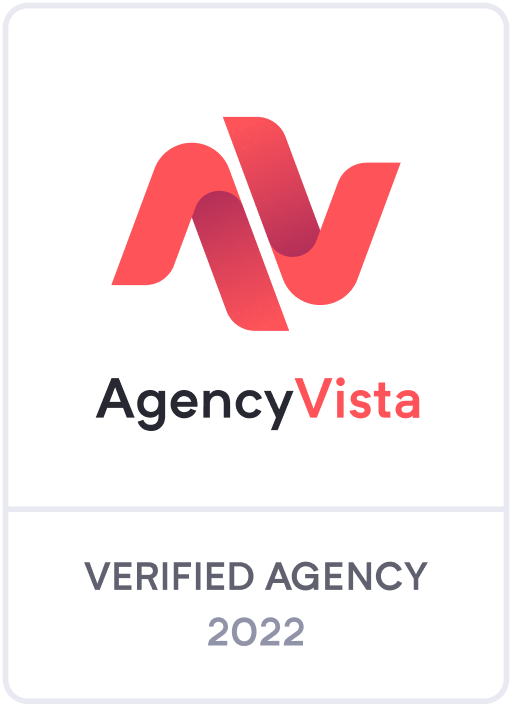
Understanding the Relationship Between the Referral and the Referrer
Being provided with a referral, whether it’s from an existing client, an old client, a family member or a friend, is an essential part of earning new business. Similar to finding a job, as the saying goes “It’s not what you know, it’s who you know.”
So you’ve been provided with that business referral, but without a formal introduction from your referrer. Now what? This type of referral occurs often for all sorts of reasons. Whether it be limited time by all parties or simply a casual conversation turning into ‘Hey, you should get in contact with X at company Y. Here’s their information.’ And without the right approach to this situation, the referral can be wasted.
A question I’m often faced with but haven’t been able to find a definitive answer to is, what’s the proper way to reach out to that referred prospect without alienating them, boring them, or coming on too strong?
Researching the Prospect and Their Company
In this day and age, in my opinion (and I believe many would agree with me here), email is the most widely used medium of business communication, so that’s the communication channel I’m going to focus on today. By all means, you have the option to get in contact with a business referral through other avenues such as social media or even a handwritten letter, but I generally wouldn’t recommend those routes. However, this point of contact should be up to your discretion based on your business and how you generally handle communication with unfamiliar people, but I’ve used email template in the past and it works.
The first thing you’ll want to understand is what is the relationship between the referral and the referrer? This component is key. Generally, seasoned professionals won’t refer a potential prospect to you if they don’t have an already good-standing relationship with that prospect. You don’t want to get into a scenario where the referrer is referring a prospect when they have no business doing so. That can get you into some trouble.
So when the prospect is first referred to you, at that very moment, do a little bit of digging into the relationship between the parties. Usually, the referrer will provide some background information about the referral without you having to ask, including how they know one another, what their current business or personal relationship is, and why they’re referring them to you in the first place. However, if this information isn’t provided, you’ll want to ask those questions.
Next, do you research. You’ll want to discover information about the prospect’s company, as well as key insights into their role. This research is imperative, as it will allow you to approach the prospect with a better idea of what needs they have, and how you can leverage those needs into a potential business partnership. This research will also provide you with a few talking points that you can mention within your contact email and later discussions.
Crafting an Effective Email Template
Finally, here is a rough framework of how you’ll want to construct your email to the prospect. An essential component of this outreach is that you want to focus on their needs and what they want rather than what you want.
Subject: [Mutual Connection/Referrer] recommended I get in touch
Hi [Referrals First Name],
[Referrer’s name] from [referrer’s company] mentioned that you might be interested in learning more about [specific service/goal they wish to achieve]. My name is [your name], and I work for [your company]. We’re a [explain what your company does]. I wanted to get in touch with you to see how you would like to improve on [goal they wish to achieve]. Is [specific service/goal they wish to achieve] a priority of yours at the moment? [AND/OR] Do you have any initial questions regarding [your companies service/goal they wish to achieve]? If so, I’d love to jump on a quick call with you to learn more about what you’re looking for when it comes to [their goals]. Does [specify a date and time] work for you? I’m sure you’re very busy, so if that time doesn’t work, let me know what date and time best fits your schedule.
I look forward to hearing from you.
Warm Regards,
[Your Name]
Now, this email template isn’t hard and fast, but I’ve used it in the past and I’ve received pretty quick responses from referrals, and most of the time they’re interested in speaking with me and learning about how I can help with their needs. Remember, this email and interaction should be all about their needs and goals and not about you and what you ultimately want. That’s why it’s a good idea to ask questions in your email body and address the goals that they have. The discussion you have with this prospect later can include more about how you and your company can help them.
Again, feel free to tweak this email how you see fit, or make it a little shorter. But try it out next time you’re reaching out to a referral and let us know how it goes.


